A COLLECTION OF THOUGHTS
Thoughts
&
Musings
5 Steps to Getting Started With Big Data for Small Businesses
So, you must have heard something about big data. The information you received may have made it seem as though big data is only for large corporations.
Big data is large amounts of data sourced from a business’ activities. It is not normal data hence; it cannot be analyzed so directly. It is true that big data is more suited to large companies. However, this is because big data analytics are known to be costly and time-consuming.
Thankfully, times have changed and developments in business now make it possible for everyone to benefit from big data. As a small business owner, it is essential to take part in its great benefits. This is made possible by the application of suitable tools and techniques.
Read on to learn 5 effective steps to getting started with big data for your small business.
What is Big Data?
Big data is a term common to both large and small businesses. Almost every business owner has heard something about big data, but not all know what it really is.
Big data can be understood just as it sounds; it is data in large sizes. It is aptly defined as a large amount of data in both structured and unstructured forms. Big data is so named because it cannot be analyzed with traditional data processing methods or applications. It requires a different approach and software.
Companies value big data because it provides answers that increase the efficiency of a business.
What to Consider When Hiring a Data Science Team
Organizations do not face identical challenges when using data to gain insights to better run their operations. In previous blogs, we have identified possible challenges that organizations face and professionals that can be hired to help overcome these hurdles. We also discussed the roles that those professionals can play in the organization.
When looking to hire a data science team, it is important that all hiring decisions be based on the need to solve practical problems. In this post, we will shift attention to discussing factors that need to be considered when looking to hire a data science team.
In this article, we will discuss what to consider when hiring a data engineer, a data analyst, a business intelligence developer, and a data scientist. Keep in mind that for a successful data-driven organization emphasis must be placed on developing capable teams rather than individuals. A variety of background and experiences bring improved efficiency to the team. Interaction and learning from each other should be promoted within the team to interpret data well and develop the best recommendations. dc Analyst can help you build a team that fits your goals and can help you achieve your vision.
6 Indicators You Need a Data Science Team
In our digital economy every organization generates a sizable amount of data. There is real value in understanding and acting on insights and solutions that lay within this data. To be successful at gathering insights from data an organization needs a team of experts with various skill sets to complement each other and work collectively towards a common objective of getting value from the organization's data.
All organizations are not equal. The volume and variety of data differs, therefore, each organization has its unique challenges. The types of challenges faced dictate the type of experts that you need to consider bringing on board.
How to Analyze Data
After your team and data analyst have finished setting your objectives and gathering data you need to analyze your data to meet your objectives. When analyzing data you can use descriptive, visual, inferential, or modeling techniques. In this article we discuss various data analysis techniques and tools to use in analyzing your data.
Summarizing Data Using Descriptive Statistics
Descriptive statistics help you summarize and understand your data. There are different techniques for summarizing your data depending on if your data is categorical or continuous. Categorical data refers to observations that fall into distinct categories for example male or female. Continuous data refers to observations that do not have any distinct categories such as weight.
How to Gather Data
When you need to make informed decisions you need to rely on accurate data provided by a data analyst. To gather accurate data you must begin by collecting, analyzing, and interpreting the right data. In an order to collect the accurate data you need to follow an organized and systematic way of gathering all the pieces of information from the sources available to you. When gathering data you can collect quantitative data, qualitative data, or both.
Quantitative data are observations that are expressed in numbers and you can meaningfully summarize using statistical techniques. For example, the number of visitors to a website is qualitative data. Qualitative data provides you with descriptions and you cannot summarize it meaningfully with statistics. For example, if you ask your customers why they decided to purchase your product rather than your competitors, you will get qualitative data. In this article we discuss how to gather data from Google Analytics, Adobe Analytics, social media, and point of sale transactions.
How to Use Data Analysts for Your Business
Information investigators, commonly known as data analysts, play key roles in a range of tasks that involve gathering, arranging, and interpreting measurable data. The nature of a data analyst in Washington, D.C. varies from business to business and project to project. For example, a hospital data analyst concentrates on performing financial analysis of the hospital’s operations, physician, and ancillary rates. While an audit analyst works to ensure compliance and maintain litigation files that track progress and results.
Value of Data and Information
Data analysis or information examination is vital to businesses because it involves developing methods of assigning numerical values to various business operations. Many analysts are uniquely qualified to recognize efficiencies, identify waste, and recommend conceivable upgrades to policies and operations. Indeed, no business survives without breaking down accessible information, and compiling data that gives them legs to remain competitive in their industry and market.







